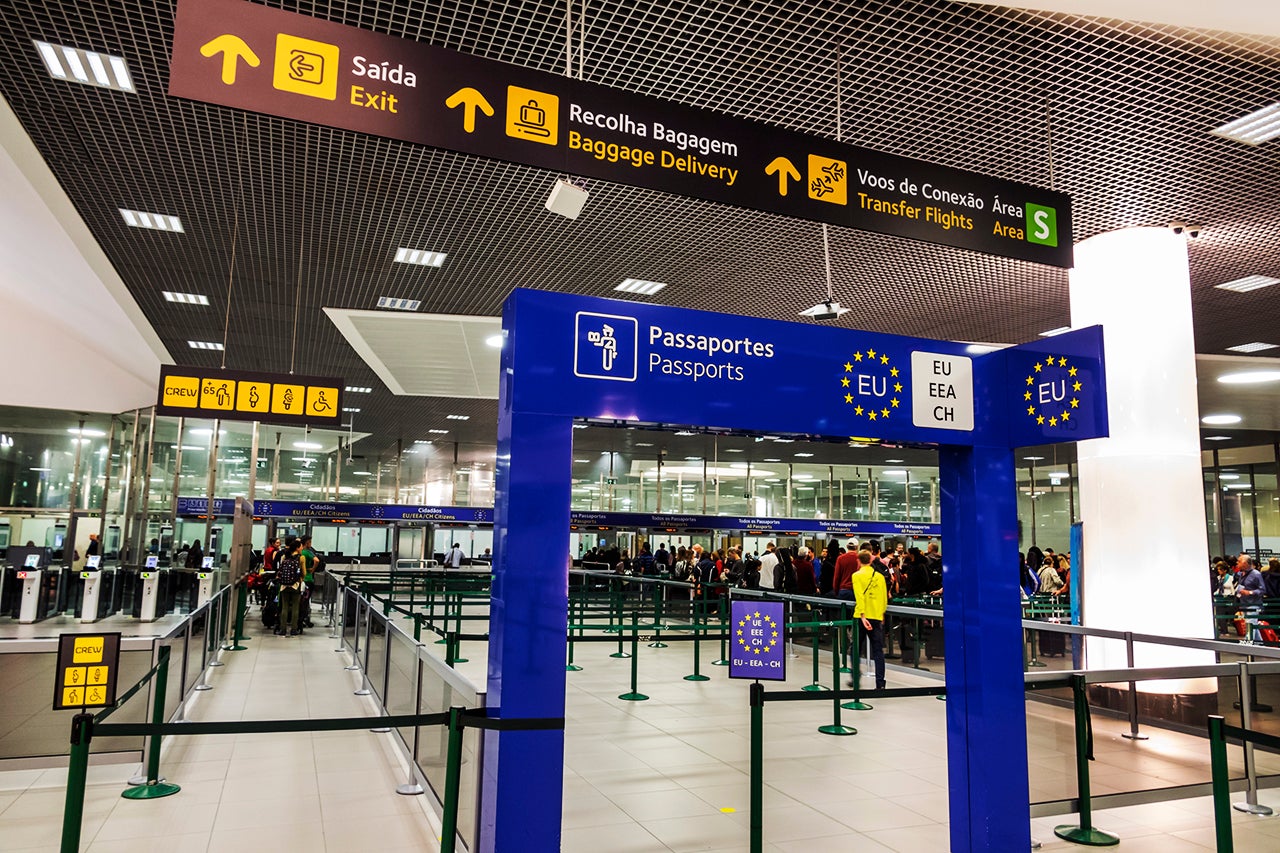Europe to require new entry fee for visitors
After all the pandemic-era regulations and international travel rules, get ready for one new requirement coming for travelers to Europe in 2023. The European Travel Information and Authorization System will introduce a mandatory registration and a 7 euro (about $7.50) fee for visitors to most European countries as of May 2023. While some people have called this a "visitor tax," the stated reason for the program is improved security. According to then-European Commission President Jean-Claude Juncker when ETIAS was announced in 2016, "We need to know who is crossing our borders. This way we will know who is traveling to Europe before they even get here."
ETIAS states the system will be able to "Assist in detecting and decreasing crime and terrorism" and "Impede irregular migration." With the system, Americans and visitors from 62 other countries will still be able to travel visa-free in most European nations.
For more TPG news delivered each morning to your inbox, sign up for our daily newsletter.
What is ETIAS?
The European Travel Information and Authorization System is an electronic process to pre-screen, profile, approve and register visitors to the 26 countries of the European Schengen Zone who don't currently need a visa to enter. Similar to the U.S. Electronic System for Travel Authorization entry approval system, ETIAS will cross-check visitor information with government databases and watch lists before issuing authorization to enter. The information collected will also be used in data tracking for business and tourism purposes. ETIAS covers European countries that are part of the Schengen Zone travel agreement, in a region mostly overlapping the EU, with the addition of Iceland, Norway, Switzerland and Liechtenstein but minus Ireland. An individual's ETIAS authorization will be valid for an unlimited number of entries over three years.
Countries in the Schengen Zone to require ETIAS:
- Austria.
- Belgium.
- The Czech Republic.
- Denmark.
- Estonia.
- Finland.
- France.
- Germany.
- Greece.
- Hungary.
- Iceland.
- Italy.
- Latvia.
- Liechtenstein.
- Lithuania.
- Luxembourg.
- Malta.
- The Netherlands.
- Norway.
- Poland.
- Portugal.
- Slovakia.
- Slovenia.
- Spain.
- Sweden.
- Switzerland.
Who needs to apply for ETIAS?
All U.S. citizens and those from the other 62 non-EU countries that are not currently required to apply for a visa will need ETIAS authorization to enter the EU for visits of up to 90 days, including transit passengers. Only visitors who are between the ages of 18 and 70 will need to pay the application fee, but those of all ages will still need ETIAS authorization to enter. If you have applied separately for a visa to enter Europe, you will not need to complete the ETIAS application.
Related: A country-by-country guide to where you can travel without a COVID-19 test
When and where will ETIAS go into effect?
This long-planned and much-delayed system is currently targeted to be fully operational in May 2023. At that point, airlines and other transport systems will be required to check for ETIAS authorization prior to allowing passenger boarding, and visitors will be required to complete the application process prior to travel. At land borders, visitors can complete the application at an electronic kiosk.

How do you apply for ETIAS?
Before traveling, you'll need to access the ETIAS online application to input passport information, name, date and place of birth, an email address, phone number, and a credit or debit card to submit the payment fee. You'll also need to provide your destination, as well as answer a few background and profile questions. The ETIAS website indicates the form should take about 10 minutes to complete.
Approval for most applicants should take only a matter of minutes. However, if an item is flagged in the application, a manual review must take place. The applicant can then either correct the improperly entered information or appeal a denial decision.
Bottom line
No immediate action needs to be taken by U.S. citizens planning to visit Europe. However, be prepared for the May 2023 launch when you must go through one more step and pay one more fee in the traveling process as part of the ETIAS implementation. Stay tuned to The Points Guy for further developments related to this program.
